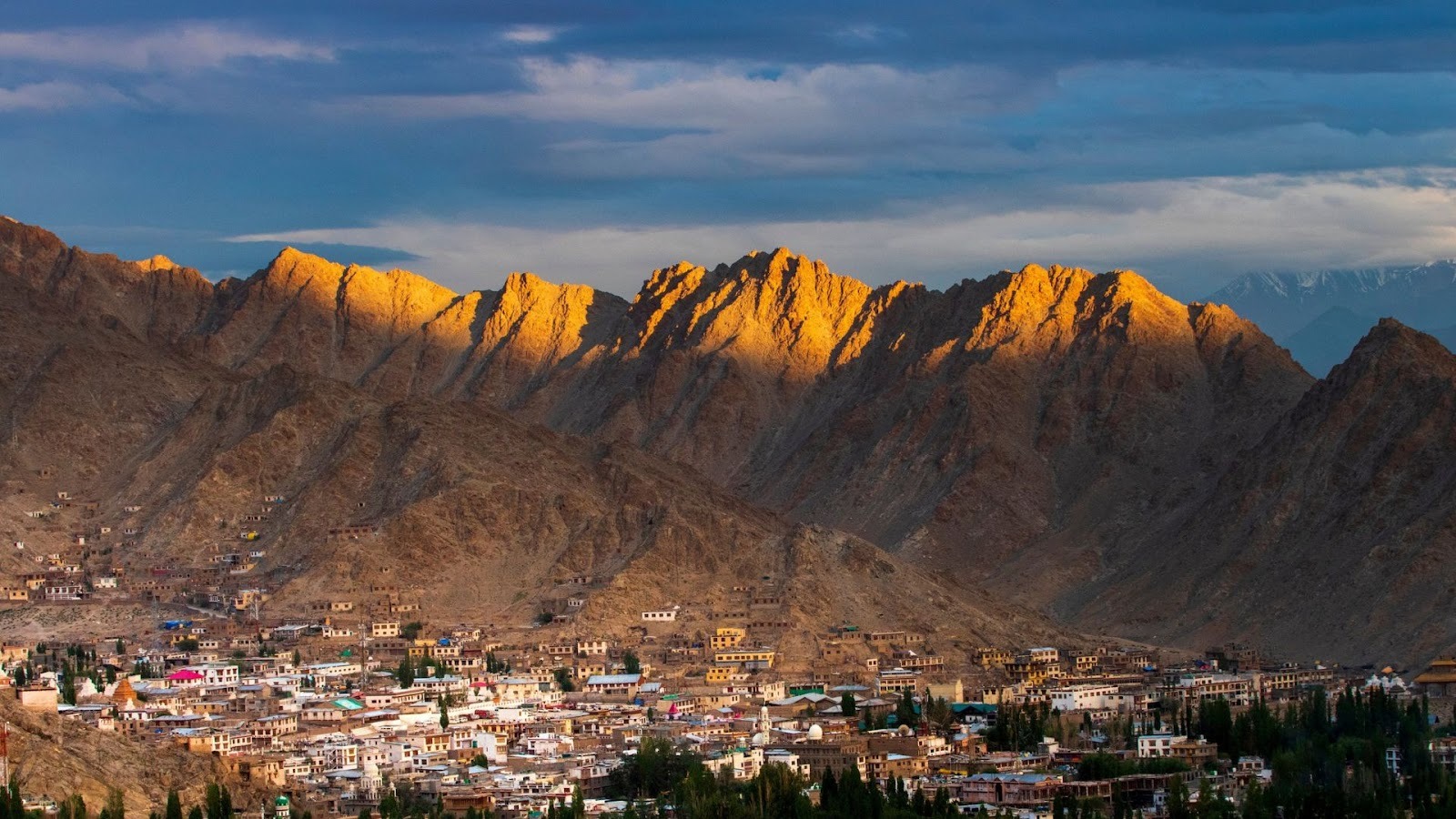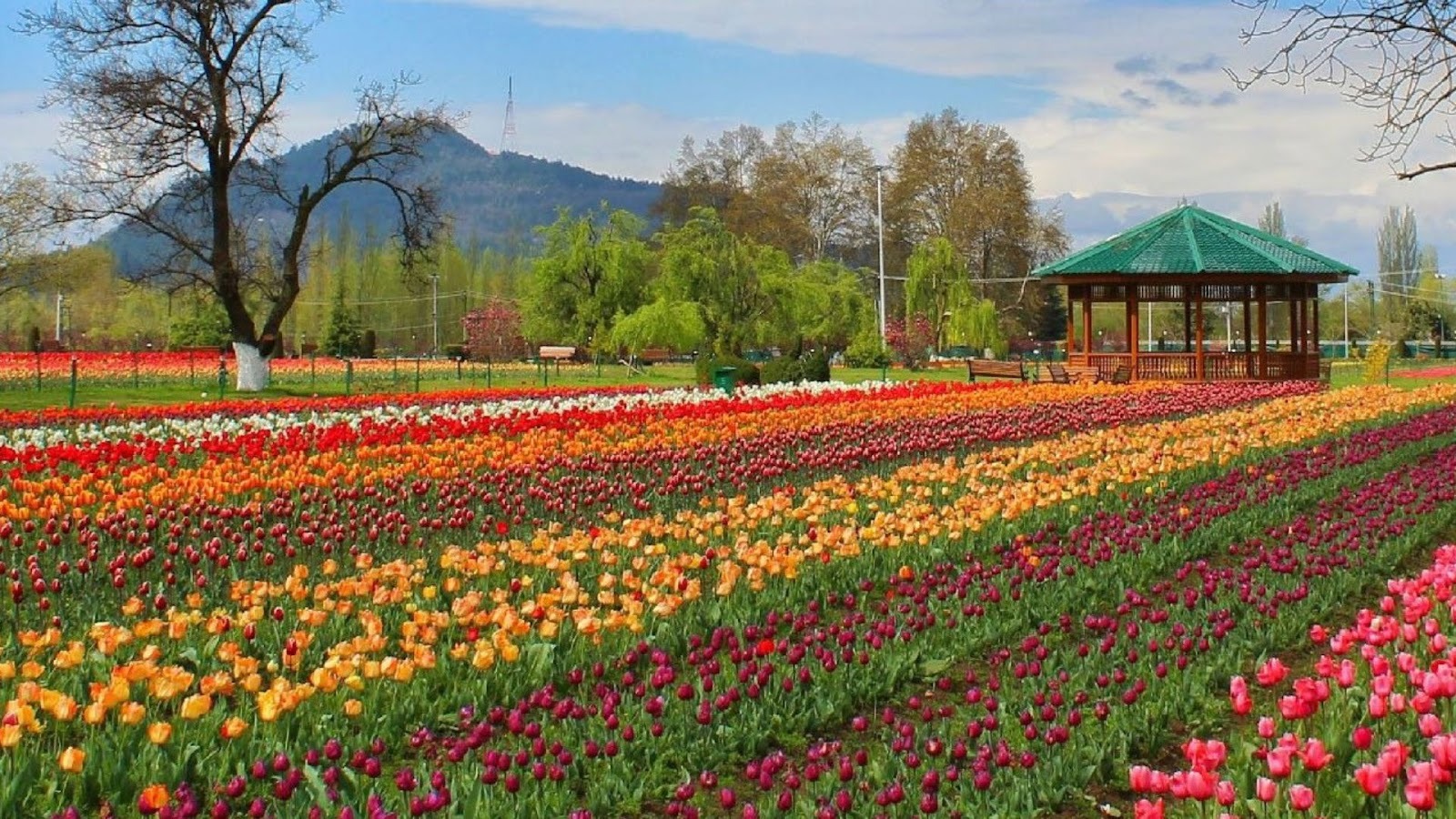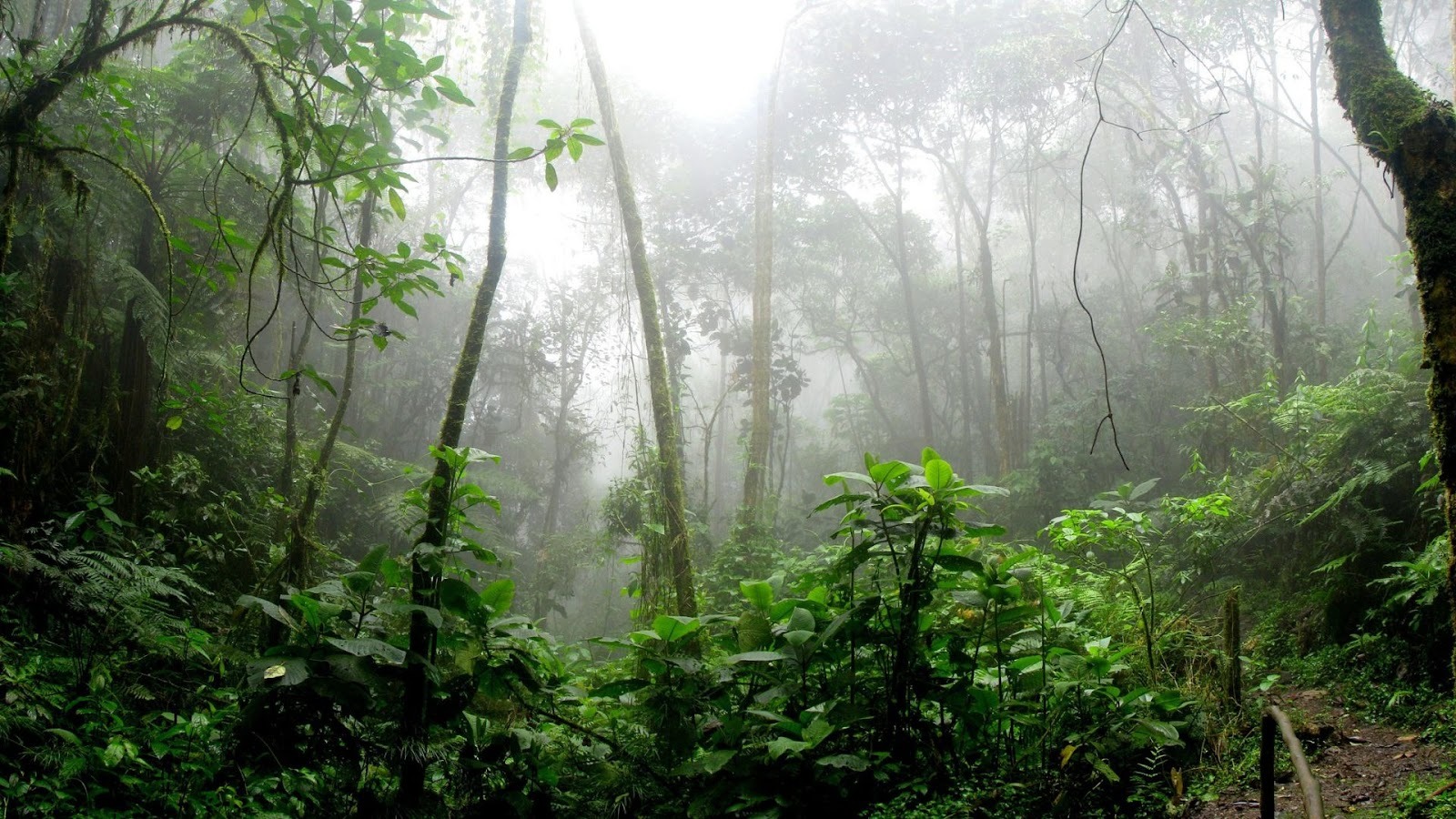How to Plan Your First Trip to the Himalayas: Complete Guide
First Time Trekking the Himalayas? Here’s Your Complete Guide

First Time Trekking the Himalayas? Here’s Your Complete Guide
Just imagine, you're sipping morning chai while watching the first rays of sunlight paint the Himalayan peaks in golden hues, with snow-capped summits standing guard around you. This isn't just another mountain holiday; it's your gateway to experiencing India's most spectacular Himalayan adventure, where authentic mountain culture meets breathtaking alpine landscapes.
At Juniper, we've been crafting these magical Himalayan moments for over 60 years, and your first trip to Himalayas India holds a special place in our hearts. It's what we often recommend to travellers seeking that perfect balance of adventure, culture, and comfort, all packaged into an unforgettable experience with our expert guidance handling every detail from permits to acclimatization.
When our guests ask us about adventure holiday packages in India that offer authentic mountain experiences without overwhelming crowds, we always guide them toward our carefully curated Himalayan regions. The Himalayas aren't merely mountains; they're living classrooms where nature teaches humility and culture offers perspective.
What makes us particularly passionate about these journeys is how we've mapped 40-50 exclusive locations that remain unspoiled by mass tourism. Following three generations of mountaineering heritage, we've maintained relationships with local communities that allow us to create experiences that tourism guidebooks simply can't facilitate.
What Makes Our Himalayas Adventures Special
We arrange authentic cultural interactions, monastery stays with Buddhist monks in Ladakh, artisan workshops revealing Kashmir's craftsmanship traditions, and village encounters in Sikkim that connect you meaningfully with mountain communities. Our "Fire & Ice" philosophy means thrilling daytime adventures followed by boutique accommodations with modern heating, gourmet regional cuisine, and the kind of rest that makes each day's exploration sustainable. This approach defines our active holiday packages, with authentic experiences without compromising comfort.
Start planning your personalised journey with Juniper
Choosing your first Himalayan region shapes your entire mountain relationship. We guide you to destinations matching your interests and fitness levels.

When first-timers approach us wanting dramatic Himalayan landscapes, the group trip to Ladakh is always our first suggestion. This high-altitude desert, where barren mountains meet turquoise lakes like Pangong Tso and ancient monasteries cling to cliffsides, offers drama that photographs simply can't capture. Located at 11,500 feet with direct flights from Delhi, Ladakh gives you front-row seats to spectacular mountain scenery with accessibility that makes it perfect for mountain novices.
We handle every critical detail from securing Inner Line Permits for restricted areas like Nubra Valley, providing oxygen cylinders and pulse oximeters for altitude safety, arranging accommodations in boutique Ladakhi properties, and deploying our experienced guides trained specifically in high-altitude protocols. Our Ladakh Explorer package includes a mandatory 48-hour Leh acclimatization filled with monastery visits and cultural activities that help your body adapt while you're experiencing authentic local life.
Best Time: June through September, though September shines, fewer crowds, stable weather, autumn colours. Our community trips maintain intimate groups (maximum 12 people).
Kashmir: Our exclusive valley access delivers heritage houseboats on Dal Lake, alpine meadows without crowds. The Vale of Kashmir showcases gentle beauty without high-altitude challenges.
Uttarakhand: Diverse landscapes blend ancient temples, yoga ashrams, and forest treks. Our Tirthan Trail offers riverside camps perfect for families.
Sikkim: Our Shadow of Kanchenjunga combines monastery visits, forest walks, and farm experiences, with maximum diversity from comfortable accommodations.
Meghalaya: For altitude concerns, our Meghalaya Explorer features living root bridges, waterfall treks, and cave explorations without high-altitude challenges.
After crafting adventure holiday packages in India for decades, we know what distinguishes transformative journeys from ordinary tours.
Expert Guide Quality: Our guides have years of regional expertise; they are not just navigators but cultural interpreters, safety professionals, and altitude specialists. This expertise, refined through mountaineering heritage, transforms logistics into meaningful experiences.
Authentic Inclusions: We feature locally-sourced ingredients, regional specialities, dining settings from heritage courtyards to meadow picnics. "Accommodation included" means boutique properties embodying regional character with modern comfort.
Flexibility Built In: Mountain weather fluctuates. Our packages include strategic buffer days, alternative activities when weather closes high passes, and the ability to adjust pace without penalty charges. This flexibility, showcased across our active holiday packages, means weather challenges become adventure pivots rather than disappointments.

When you approach us to plan a trip to the Himalayas in India, we craft journeys matching your travel style and fitness.
7-Day Kashmir Introduction (Perfect First Trip We Organize): We arrange your heritage houseboat stay on Dal Lake with morning shikara rides, schedule guided walks through Mughal gardens, organize day trips to Pahalgam's riverside valleys, coordinate Sonamarg glacier visits, and create authentic shopping experiences with Pashmina artisans. Every detail, from transportation to cultural interpreters, we handle seamlessly.
10-Day Ladakh Journey We Perfect: Starting with crucial 48-hour Leh acclimatization (monastery visits, market explorations we arrange), we secure all permits for Nubra Valley and Pangong Tso, coordinate high-altitude travel with continuous oxygen monitoring, facilitate meaningful interactions with Buddhist monks, and build in strategic buffer days so weather delays don't cascade through your entire journey.
Mountain weather follows its own schedule, which is why we strategically place buffer days before crucial experiences, summit days, and high passes, so weather delays don't dominate your journey. When conditions shift, snowfall closing Khardung La, monsoons intensifying in valleys, we activate alternative cultural experiences and indoor activities we've pre-arranged with local partners. This flexibility means weather challenges become adventure pivots rather than cancellations.

First-timers often underestimate the Himalayan logistics complexity. This is precisely where our expertise becomes invaluable.
Inner Line Permits: Regions like Nubra Valley, Pangong Tso, and certain Sikkim areas require special permits from local authorities. We handle all applications through our established relationships, ensuring you have proper documentation before departure.
Forest Department Permits: Many trekking routes like our Namdapha Rainforest Trek pass through protected areas requiring advance permits, camping fees, and sometimes mandatory guide requirements.
We coordinate all transportation, flights to regional airports (Leh, Srinagar, Bagdogra for Sikkim), crucial transfer logistics, and monitoring conditions that might affect connectivity. Our local drivers know every hairpin turn, seasonal road condition, and safe speeds for mountain driving. They're part of your guide team, offering local perspectives while ensuring safety on challenging routes.
We partner with converted palaces, traditional homestays, boutique lodges, and properties reflecting regional character with reliable heating and hot water. Meals feature regional specialities, Kashmiri Wazwan, Ladakhi butter tea ceremonies, and Sikkimese family-made momos.
Our mountaineering heritage prioritises safety seriously. Captain Kohli's legacy taught us that success means everyone returns safely.
Gradual Ascent: For high-altitude destinations like Ladakh (11,500 feet), we mandate 48-hour Leh acclimatization before any excursions. This isn't wasted time; we fill it with monastery visits at similar elevations, cultural orientations, and gentle walks, helping your body adapt while experiencing local life.
Altitude Monitoring: Guides carry a pulse oximeter, checking oxygen saturation. Following Wilderness Medical Society protocols, if saturation drops below 90% with symptoms, or below 75-80% regardless of symptoms, we implement immediate descent. Guides interpret readings contextually, altitude, symptoms, and individual baseline.
Research shows 25-50% of trekkers experience symptoms at 8,000-12,000 feet, increasing to 50-75% above 14,000 feet, without the proper protocols we implement.
We provide detailed, season-specific packing lists for every package.
Layering System: Merino wool base layers wicking moisture, down/synthetic insulation rated for conditions, waterproof breathable shells. Broken-in trekking boots (blisters ruin more treks than altitude sickness), warm wool socks.
Critical Items: Headlamp with backup batteries, 2-litre hydration capacity, personal medical kit including altitude medications, high-SPF sunscreen, UV-blocking sunglasses. Cold depletes batteries fast—carry extras.
For trekking packages, we provide temperature-rated sleeping bags. Trekking poles dramatically reduce knee stress; we provide these for serious treks. Personal comfort items matter: favourite snacks, journal, travel pillow for long drives.
Connect for personalised packing guidance
Our group trip packages to Ladakh demonstrate how shared journeys enhance the experience.
Small Group Philosophy: Maximum 12 travelers per group ensures everyone receives personal attention, vehicles aren't overcrowded, and accommodations remain boutique rather than resort-scale. This size allows genuine interactions with local communities, unlike 30-person bus tours that overwhelm small Ladakhi villages.
Group Advantages: Cost efficiency through shared resources makes Himalayan adventures more accessible, an instant community of fellow explorers means you're learning from each other as much as from guides, and the accountability factor helps maintain fitness commitment during pre-trip training.
Private Journey Benefits: Complete itinerary flexibility allowing spontaneous detours when something captivates you, pace adjusted to your exact energy levels, and celebration of special occasions like anniversaries or milestone birthdays in ways group schedules can't accommodate.
Transparency about investment helps proper planning versus hidden-cost surprises.
7-Day Active Holidays: ₹45,000-75,000 including logistics, meals, guides, permits, transportation. Kashmir and Meghalaya fall lower; Ladakh and Bhutan are higher due to remoteness.
10-Day Expeditions: ₹65,000-1,20,000 for comprehensive experiences with extended services.
30 Days Before: Complete fitness training following our protocols, acquire and test gear (break in boots through day-hikes), organise documentation (passport copies, permit applications we process), consult travel medicine specialist.
7 Days Before: Final itinerary review with our team discussing any last-minute weather considerations, complete packing using our detailed checklist, secure local currency, store emergency cash separately, download offline maps, and test photography equipment.
Arrive at airports 3+ hours early. Keep medications, warm layers, clothing change in carry-on; checked baggage delays happen. Resist aggressive exploration upon high-altitude arrival; the first day is acclimatisation, not accomplishment. Share a detailed itinerary with family, establish check-in schedules (mountain connectivity is irregular).
Your first trip to the Himalayas should be transformative, not tentative. With decades of mountaineering heritage, exclusive access to 140+ locations, and our signature "Fire & Ice" approach that blends adventure with luxury, we ensure your introduction to these sacred mountains exceeds every expectation.
Whether you're drawn to a group trip to Ladakh with fellow explorers, a private Kashmir sojourn celebrating a special occasion, or a Sikkim active holiday introducing your family to mountain magic, we handle every detail, permits, logistics, acclimatization protocols, safety systems, and cultural access, so you focus on experiencing transformation rather than managing complexity.
The mountains have taught us for years. Let us guide your first lesson where thrilling days transition to luxury evenings, cultural immersion happens through genuine relationships, and you discover whether the Himalayas call to your soul.
Connect with our planning team today
Requirements vary by region, and we handle all applications for you. Ladakh's restricted areas like Nubra Valley and Pangong Tso need Inner Line Permits; certain Sikkim zones require special permissions; border areas need security clearances. Through our established relationships with issuing authorities across the Himalayas, we secure proper documentation before departure. Processing typically requires 7-10 days, and specific documents we'll guide you through providing.
We implement gradual ascent protocols following Wilderness Medical Society guidelines—maximum 300-500 meters elevation gain daily above 10,000 feet, mandatory rest days, increased hydration (4-5 liters daily), and continuous oxygen monitoring. For Ladakh journeys, we mandate 48-hour Leh acclimatization filled with cultural activities, helping your body adapt. Our guides recognize symptoms early and implement descent protocols when readings indicate altitude stress combined with symptoms.
Based on our decades of experience, the Kashmir valleys (Pahalgam, Sonamarg) offer spectacular scenery at moderate altitudes, perfect for altitude concerns. Meghalaya provides thrilling adventures at comfortable elevations. For classic Himalayan experiences, Sikkim combines cultural richness with manageable altitudes through our Sikkim Explorer, while Ladakh delivers high-altitude drama with our comprehensive acclimatization support. We guide you toward regions matching your fitness level during consultation.
Our packages include experienced guides (averaging 15+ years of expertise), boutique accommodations with modern amenities, most meals featuring regional specialties, all necessary permits and entrance fees, private transportation with mountain-experienced drivers, safety equipment (satellite phones, first aid, oxygen monitoring for high-altitude journeys), and comprehensive evacuation insurance. We specify exactly what's included and clearly list optional add-ons with zero hidden costs.
Requirements vary dramatically by package type. Our active holidays, like the Vale of Kashmir, require basic fitness, like the ability to walk for 3-4 hours daily at a gentle pace with frequent breaks. Serious treks demand higher fitness, walking for 6-8 hours carrying a daypack, cardiovascular endurance for sustained uphill movement, and leg strength for steep descents. We provide honest fitness assessments during consultation and recommend specific training protocols for your chosen journey.
We recommend booking 4-6 months ahead for optimal availability and early booking discounts (typically 15-20% off). Popular periods like September-October Ladakh or March-April Kashmir fill quickly, especially our community trips with limited group sizes. Early booking allows us to secure boutique accommodations in exclusive locations and complete permit processing without rush fees or availability challenges.
Our groups never exceed 12 travelers (versus 30+ on bus tours), ensuring personal attention and genuine community interactions. We invest in guide expertise (15+ years average), boutique accommodations reflecting regional character, comprehensive safety infrastructure (satellite phones, oxygen monitoring, evacuation insurance), and cultural access through decades of local relationships. The difference between our approach and budget tours is the difference between transformation and transportation. We facilitate experiences that last a lifetime.
Absolutely. While we offer structured community trips for cost efficiency, we also design fully customized private journeys. During consultation, share your specific passions, whether textile craftsmanship, wildlife photography, spiritual practices, or culinary traditions, and we'll design itineraries incorporating relevant experts, locations, and experiences while maintaining our safety standards and sustainable tourism practices that define Juniper.